When you feel that pain that keeps coming back, your first reaction might be to reach for drugs (opioids) to relieve your pain. While it can help relieve pain, it’s crucial to be educated on the side effects and other methods of managing pain.
What you need to know about opioids
The opioid crisis is sweeping our country. Here are a few facts to know:
- Some studies show older adults who take these medications increase their risk of falling to four to five times more than those who take nonsteroidal anti-inflammatory drugs
- Over 40 people die every day from overdoses involving prescription opioids
- As many as one in four patients receiving long-term opioid therapy in primary care settings struggle with an opioid use disorder
Opioids are appropriate in some situations, such as cancer treatment and end-of-life care.
However, the Centers for Disease Control and Prevention states there are many cases where opioids can be reduced or avoided. They issued guidelines stating “nonpharmacologic therapy and nonopioid pharmacologic therapy are preferred for chronic pain.”
Physical therapy to relieve pain
Physical therapy is one of these nonpharmacologic therapies. In fact, several studies show that exercise (a major component of physical therapy) decreases pain and improves function for conditions like knee and hip osteoarthritis, as well as lower back pain.
If you use or are considering opioids for pain management, talk to Infinity Rehab to see how physical therapy can help you relieve pain. Infinity Rehab collaborates closely with you, your family, and your doctor to help manage your pain to reduce or even eliminate your need for opioids.
Contact Infinity Rehab today!






